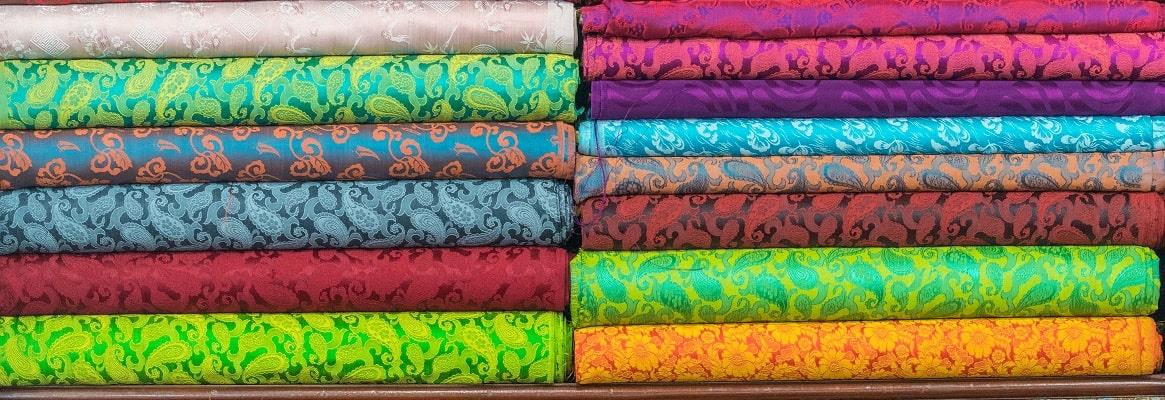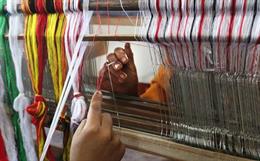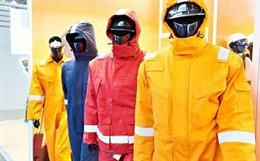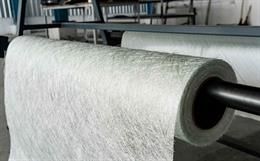It's no secret that the fashion industry is rife with harmful practices. Throughout history, fast fashion companies in particular have been notorious for underpaying workers and generating tonnes of waste — contributing to land, air, and water pollution. With brands going through several collections in a year, fashion has indeed cultivated a culture of excess consumption, and our environment is paying the price. Fortunately, changes are being made to make fashion more impactful and even sustainable for the earth — beginning with innovations in garment textiles.
That being said, here are some of the most exciting, unlikely materials that are revolutionising garment textiles.
Circuit boards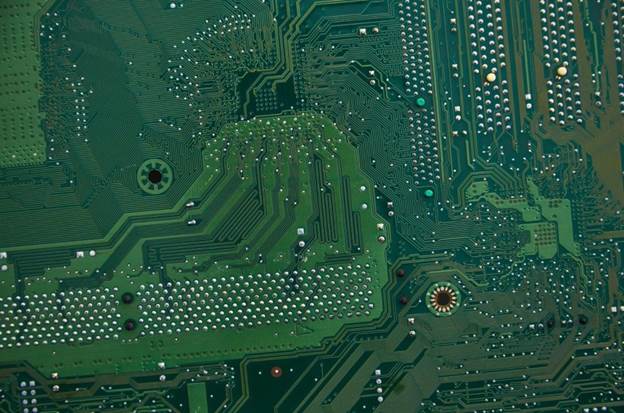
Recently, engineers from Hong Kong Polytechnic University have created fabric circuit boards — which are basically made of durable, wearable printed circuit boards (PCBs). For those who are unfamiliar with PCBs, these components are commonly found in smartphones and computers. They are mechanical structures designed and manufactured to hold conductive layers, which power gadgets and allow for optimised electrical flow. They're certainly not the first things that come to mind when thinking of clothes, but these PCB fabrics are brilliantly designed and can be stretched, folded, wrinkled, and washed multiple times. This paves the way for more developments in wearable tech, such as biometric monitoring.
Coffee grounds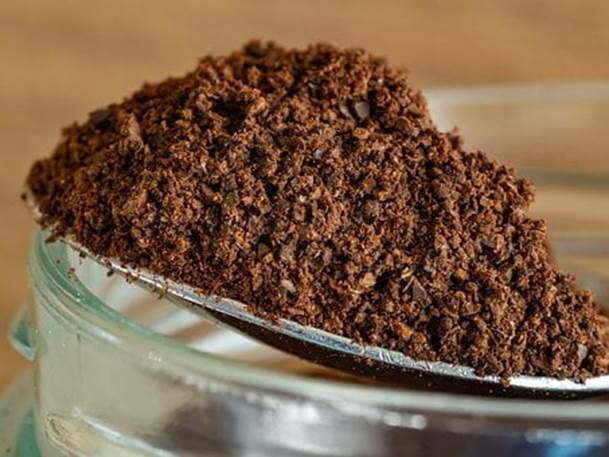
The purpose of coffee grounds doesn't end at your cup of coffee. Thanks to new technology, they can now be used to make coffee ground fibers for clothes. Singtex founder Jason Chen processes coffee ground and combines it with polymer before making it into yarn. This yarn is then used to make different products — from sportswear and casual clothes, to pot holders and more. Made into clothes, the resulting fabric is odour-absorbing and has five times better UV protection than cotton. The best part, of course, is that it prevents coffee from going to waste.
Pineapple leaves
Pineapple leaves are byproducts during harvest season. Recently, Dr Carmen Hijosa, founder of Pinatex, discovered that pineapple leaves can be used as a vegan alternative to leather. It is more cost-effective too, as a single square meter is lighter and cheaper than leather of the same amount. So how exactly is it made? First, the fibres are extracted from the leaves, then it undergoes a process to become nonwoven textile. Because it's a natural fabric, it is breathable, flexible, and easy to stitch and print on as well. Pinatex is currently in partnership with many big brands, including H&M.
Banana stems
Banana fibre is one of the strongest natural fibres in the world, and is a great alternative to cotton. It’s made from a banana tree’s “pseudo stems," which are discarded after the harvest season, and also stalks. Banana fibre is similar to bamboo fibre — but is finer and has more tensile strength and spin ability. The fibre can be used to make textiles of different weights and thicknesses, depending on the part of the stem it was extracted from. The outer sheath produces thicker, sturdier fibres, while the inner sheath makes softer fibres. Banana fibre’s versatility can produce ropes, mats, clothes, and even paper. Plus, the fabric is naturally resistant to water, fire, and tears.
Algae
Would you still throw away your clothes if you knew it was alive? Designer Roya Aghighi has created what is called biogarmentry.
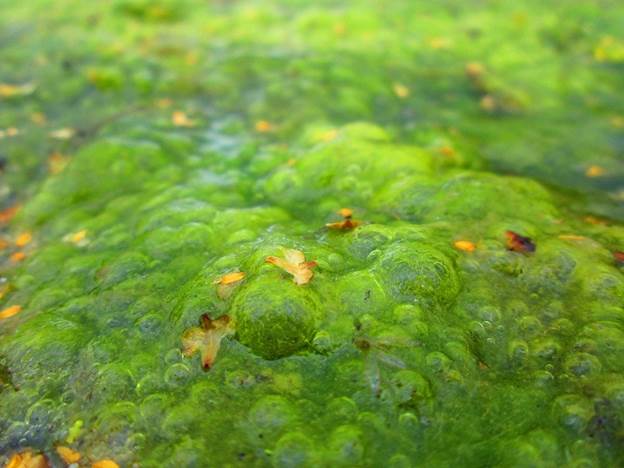
Basically, these clothes are made of natural fibres that have living photosynthetic cells — resulting in “living clothing” that also purifies the surrounding air. To clean the fabrics, you simply need to submerge it in water. Aghighi’s goal is to make people rethink their relationship with clothes — so that they are seen as valuable items that deserve mindfulness and care.

